CPQ Implementation Done Right: A Step-by-Step Roadmap
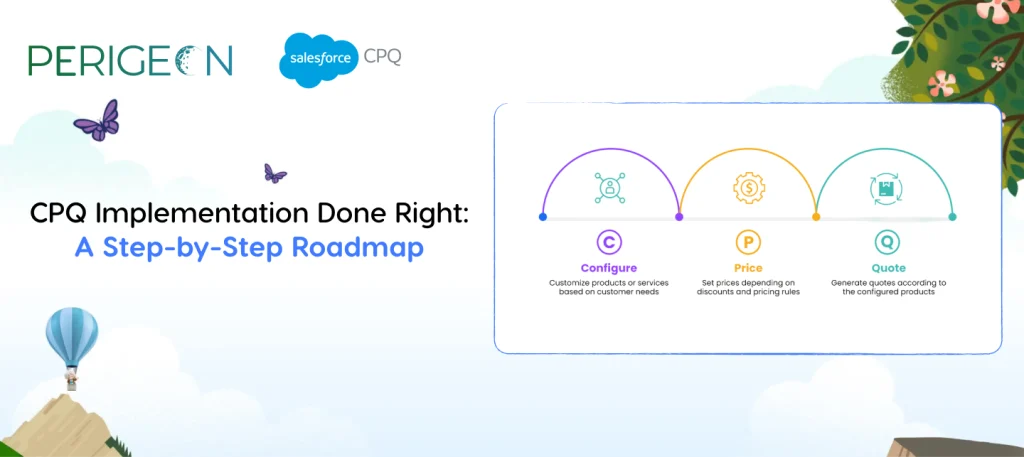
Introduction In today’s competitive sales environment, speed and accuracy can make or break deals. That’s where Salesforce CPQ (Configure, Price, Quote) comes in. For organizations looking to streamline their Quote-to-Cash process, implementing CPQ correctly is critical. But successful implementation requires more than just deploying software—it takes strategy, planning, and the right partner. This roadmap will […]
5 Salesforce Integration Patterns Every IT Architect Should Know
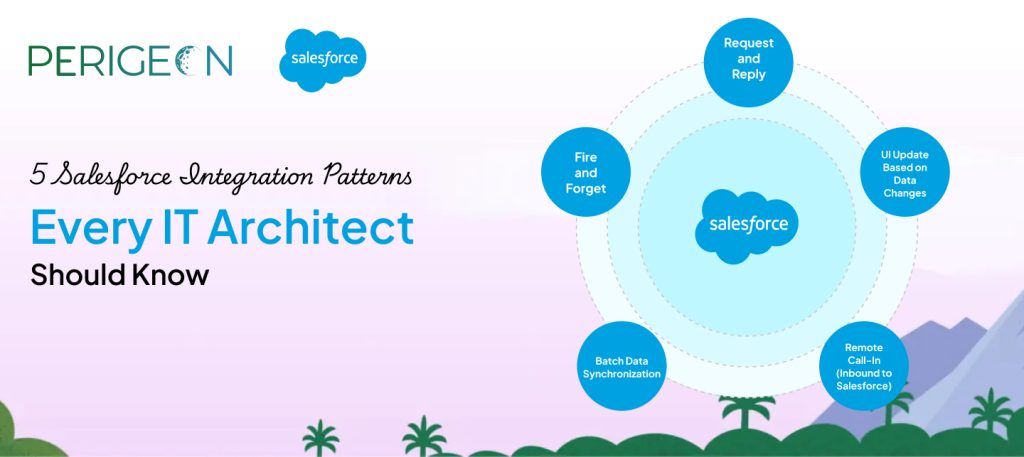
Introduction In today’s digital ecosystem, Salesforce rarely operates in isolation. Businesses depend on a connected stack of ERP, HR, finance, e-commerce, and customer service platforms — and Salesforce must integrate seamlessly with all of them to maximize value. For IT architects, understanding the right integration patterns is crucial for building scalable, reliable, and cost-effective solutions. […]
How to Seamlessly Integrate Salesforce Field Service with Dashpivot Using FlowSite Open API
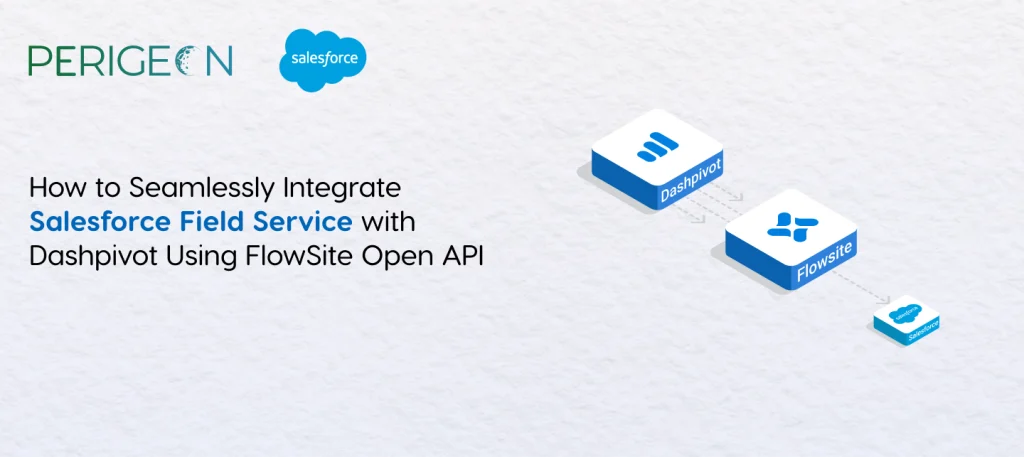
Introduction Field service operations today demand real-time collaboration between office teams, field technicians, and site supervisors. Many companies use Salesforce Field Service (FSL) to manage work orders, scheduling, and customer interactions—while tools like Dashpivot by Sitemate help digitize workflows, forms, and documents on-site. But when these systems work in silos, teams struggle with double data […]
10 Salesforce Implementation Best Practices for 2025 Deployments
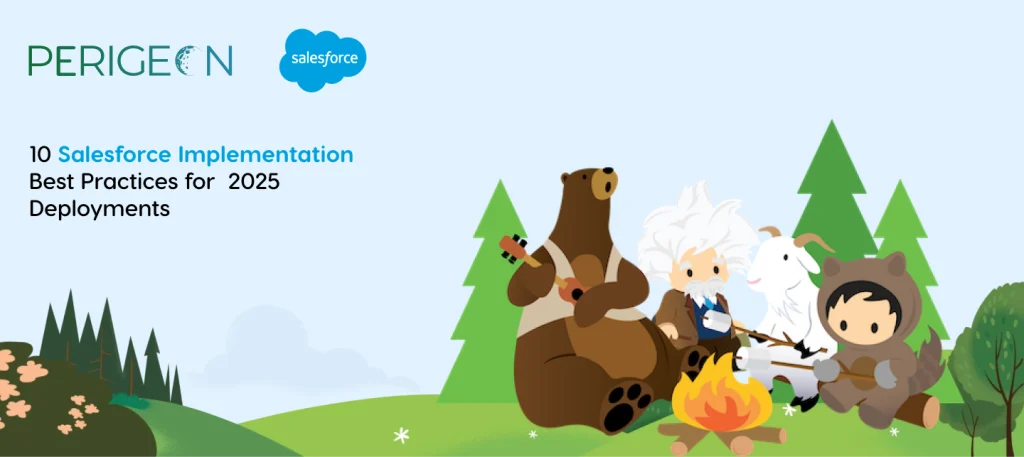
The Salesforce implementation landscape has transformed dramatically, marking 2025 as a pivotal year for AI-driven CRM deployments. Organizations now face a new reality where success depends on seamlessly integrating three core components: Advanced AI Technologies – Including autonomous agents and generative AI Data Cloud Architecture – Enabling unified customer data management Intelligent Automation – Streamlining […]
Building Purpose and Growth at – Perigeon Software
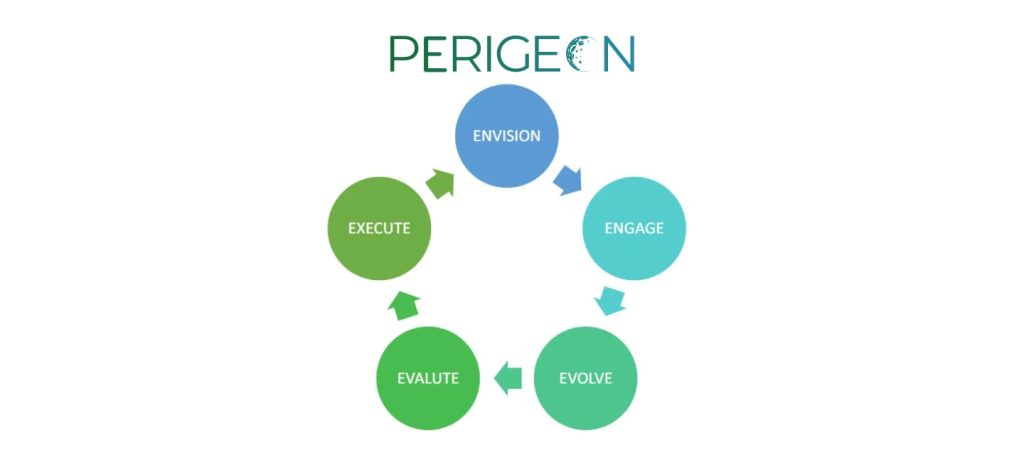
The traditional way of working was completely different from what it is today, where the organizational culture was a “top-down approach”, which means the superiors should just give orders to the employees, keeping in mind only the company’s goal. But today, we follow a bottom-up approach, which means there should be an exchange of information […]




